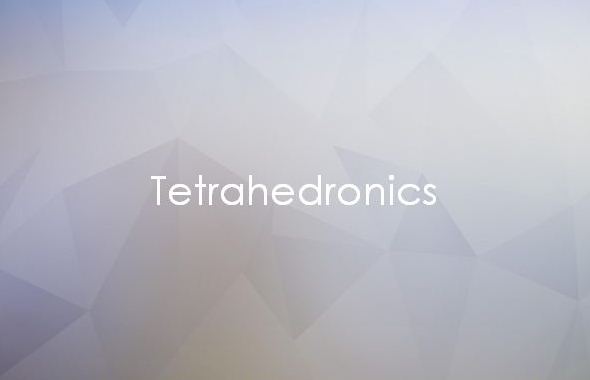An interesting thing happens when you start to think about systems thinking, especially in light of systems that you’ve heard about before. If you find three things, you start to look for where they intersect to come up with the emergent property of the system. If the three can create a fourth, what happens if there are four elements? They work together and can produce an emergent property too.
As an example, the mind, body, heart and soul are considered to be the four elements that produce the human being. The mind is the center of thought and decision-making, the body is center of physical strength and ability, the heart is the center of emotion, and the soul is the connection to our Creator.
But in the ancient world, the heart wasn’t considered to be the seat of emotion. It was the “bowels” – at least that’s how Scripture is translated in the Hebrew and Greek texts. To us Americans, however, it wouldn’t sound very romantic to say, “I love you with all my bowels.”
But we also have our definition of where the bowels are and what function they serve. To the people of ancient cultures, the bowels would be what we consider to be the stomach area. The best description in today’s terms is the “gut.” When someone is going through an emotionally difficult time today, we say their experience is a “gut-wrenching” one, which perfectly describes where emotions reside. It’s also why we get “butterflies in our stomach” when we’re excitedly nervous, or learn to trust a “gut instinct” when something just doesn’t “feel” right.
Then what about the heart?
We’ve just seen that the gut was the missing element of the system of five elements that creates the human person, so what is the heart the seat of?
It’s conation.
As a learning domain, the conative is the element that tends towards activity or change, and appears as desire, volition, and striving. Indeed, the heart desires.
It’s not so much an emotion, but a motion, a drawing toward someone or something. It can be viewed to be the desire to form connections with others; to connect the psychological with the sociological; to connect the left and right side of the brain; to connect the human person to the divine. Rather than the seat of the emotions, it can be viewed as the seat of the will, the drive, or the determination to get things done, to attain a goal, or to connect with others.
When acknowledge this when we say that a person has “A lot of heart.” The French word for heart is “coeur,” which is where we get our word for “courage.”
And, more than likely, it’s where the other four elements connect.
Isn’t it interesting that we associate having courage with having the “guts” (or intestinal fortitude) to perform a specific action, or take a specific stand, thereby once again confusing the roles of the heart and the gut. The heart of the tin man and the medal of the cowardly lion further serve to obfuscate the distinctions.
Mind. Body. Heart. Soul. And Guts. We need all those qualities today to be able to defend our convictions, keep our bodies in shape, open ourselves to other, and to realize that our soul is an essential part of our being. Without it, the system is incomplete.
© Michael V. Ziemski, SchoolAdvancement, 2012-2023

